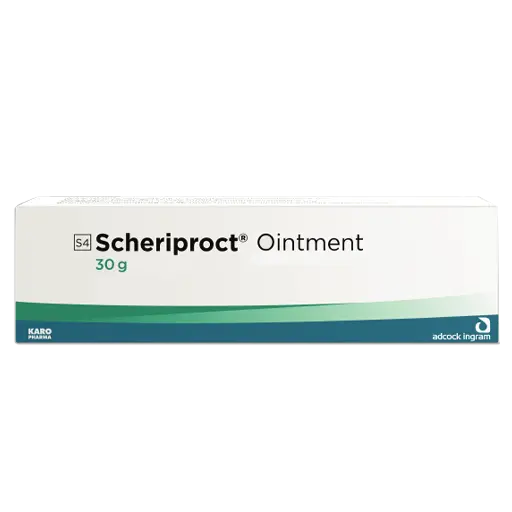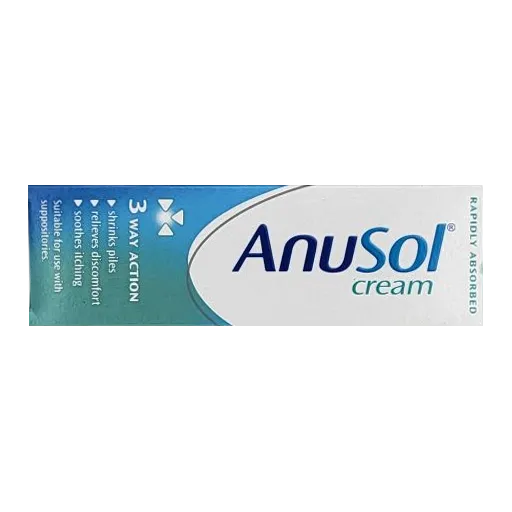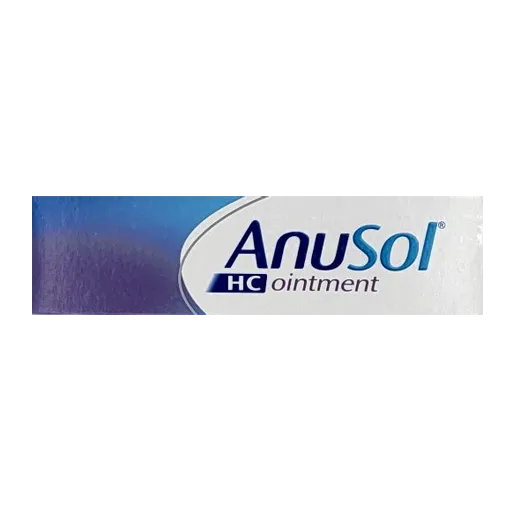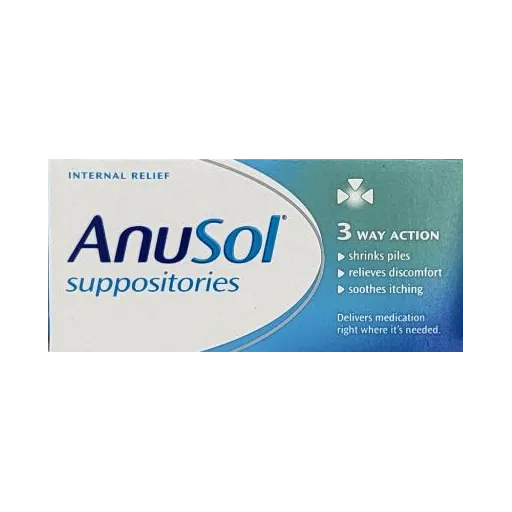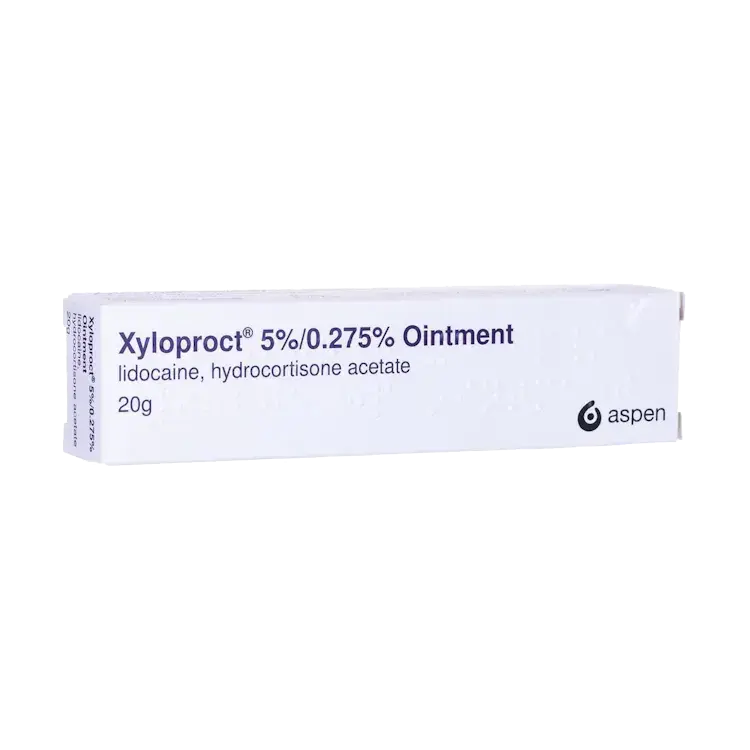piles consultation
Please fill in the questionnaire below. Any information provided will be kept confidential and will only be seen by a prescriber. These questions are designed to give our prescriber enough information to make a decision on whether the treatment is suitable, please fill them in truthfully.
piles
Piles are enlarged blood vessels around your anus and can be internal or external. They can come on by themselves but you are more likely to get them if you're constipated, pregnant or often push too hard when you go to the toilet. Symptoms include bright red blood after you go to the toilet, itchy anus, mucus in underwear or on toilet paper, lumps or pain around anus. They can get better on their own, but there are also treatments available which can help ease the pain, itching and swelling of both internal and external piles.
-
POM
-
POM
-
POM
-
POM
-
POM
Piles (Haemorrhoids)
Piles, also known as haemorrhoids, are swollen blood vessels in or around the bottom (rectum and anus). They can cause discomfort, itching, pain, and sometimes bleeding after a bowel movement.
Piles are very common - affecting up to 1 in 2 people at some point - and can affect anyone, but are more common during pregnancy, after childbirth, or with constipation and straining.
Most cases of piles are mild and can be managed with simple treatments and lifestyle changes.
What causes piles?
Piles develop when the veins around the anus become stretched or irritated. Common causes and risk factors include:
- Straining on the toilet: Often due to constipation
- Sitting for long periods: Especially on the toilet
- Chronic diarrhoea or constipation
- Pregnancy: Increased pressure in the pelvic area
- Heavy lifting or frequent coughing: Repeated pressure on abdominal veins
- Being overweight: Can increase the risk of developing piles
- Aging: Tissues supporting the veins become weaker over time
What are the symptoms of piles?
Symptoms can vary depending on the type and severity of the piles. Common signs include:
- Itching, soreness, or discomfort around the anus
- Bright red blood on toilet paper or in the toilet bowl after passing stools
- Soft lumps around the anus that may be tender or swollen
- Feeling like your bowels haven't emptied fully
- Pain during or after a bowel movement (especially with external piles)
Small piles may go away on their own without treatment. Larger or more uncomfortable piles may need treatment to reduce symptoms.
How are piles diagnosed?
Piles can often be diagnosed by your GP based on symptoms. They may:
- Ask about your bowel habits, diet, and any bleeding
- Examine the area around your bottom
- In some cases, use a small device (proctoscope) to look inside the back passage
It's important to speak to a doctor if you notice bleeding from your bottom - especially if you are over 50 - to rule out other causes such as bowel cancer.
Piles treatments
Treatment depends on how severe your symptoms are. Most mild piles can be treated with over-the-counter medicines and lifestyle changes.
Over-the-counter treatments
- Soothing creams and ointments: Such as Anusol or Germoloids - reduce pain, swelling, and itching
- Suppositories: Inserted into the back passage - help with internal piles
- Painkillers: Such as paracetamol - avoid ibuprofen as it may irritate the gut
- Laxatives: To soften stools and reduce straining (especially if constipated)
Prescribed or hospital treatments
- Stronger creams: Sometimes such as Scheriproct contain steroids to reduce inflammation
- Banding: A small band is placed around the pile to cut off its blood supply - it falls off after a few days
- Injections (sclerotherapy): A solution is injected to shrink the pile
- Surgery: For severe or recurring piles that don't respond to other treatments
Will treatment work?
Most people find that their symptoms improve with over-the-counter treatments and lifestyle changes.
It's important to address the cause (such as constipation or straining) to reduce the chance of piles coming back.
Medical treatments like banding and injections are highly effective for persistent piles.
Piles treatment side effects
Most treatments are safe and well tolerated. Some possible side effects include:
- Creams and suppositories: May cause a slight stinging or irritation when first applied
- Steroid creams: Can thin the skin if used for more than 7 days
- Laxatives: Can cause bloating or diarrhoea if the dose is too high
- Banding: Can cause discomfort or bleeding for a few days afterwards
- Surgical treatments: May require some recovery time and cause temporary discomfort
Speak to your pharmacist or GP if symptoms don't improve after 7 days, or if you experience ongoing pain or bleeding.
